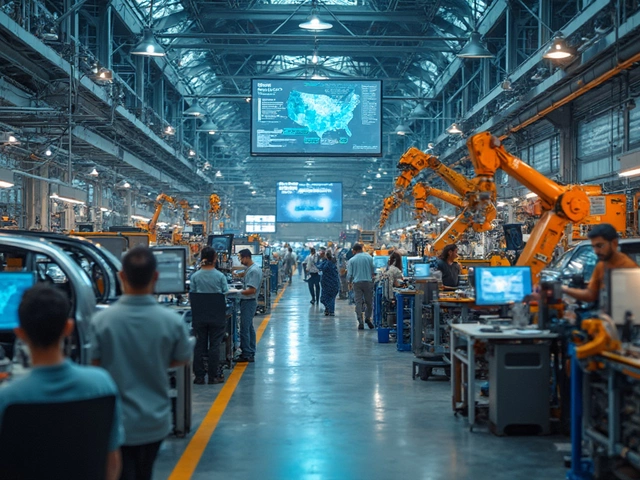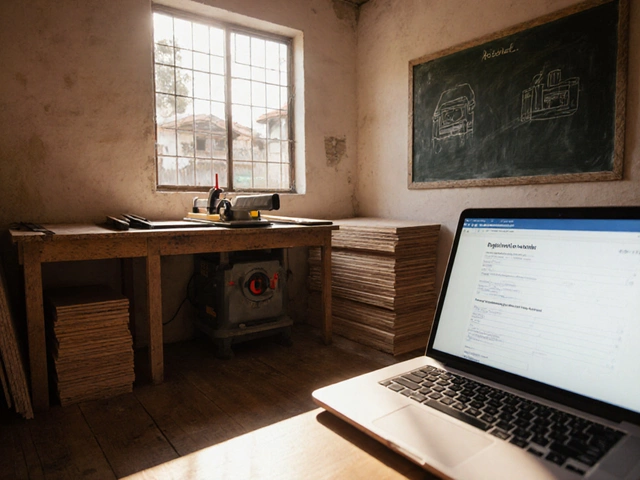Manufacturing Trends 2025: What’s Changing in Factories
If you work in production or just keep an eye on what’s coming, you’ve probably heard a lot of buzz about smart factories, greener processes, and new profit models. This isn’t hype – it’s what’s actually happening on the shop floor right now. Below you’ll find the most practical shifts you can see in action today and how they might affect your business.
Smart Tech Is No Longer a Fancy Add‑On
Automation, sensors, and AI used to live in pilot projects. In 2025 they’re standard in many midsize plants. Machines now talk to each other, flag quality issues before they become big problems, and adjust speed on the fly. For a manager, that means less paperwork and faster response times. The real win? Lower scrap rates and shorter downtime, which translates straight to the bottom line.
Sustainability Is a Core Strategy
Going green used to be a branding exercise. Today manufacturers count carbon footprints the same way they count units produced. Energy‑efficient motors, water‑recycling loops, and waste‑to‑energy systems are being built into new lines. Even small factories are adopting solar rooftops or using bio‑based polymers to cut costs and meet buyer demands for eco‑friendly products.
Another trend worth watching is the rise of localized supply chains. Instead of shipping raw material across continents, companies are setting up regional hubs. This cuts transport emissions and reduces lead times. If you’re considering a new supplier, look for partners who source locally – they’re often more resilient during disruptions.
What about workforce changes? The skill gap is closing as workers get hands‑on training with digital twins – virtual replicas of the plant that let them practice without stopping production. This up‑skilling helps keep staffing costs predictable while ensuring the crew can handle advanced equipment.
Finally, profit focus is shifting from sheer volume to value‑added services. Factories now offer post‑sale support, predictive maintenance contracts, and even product‑as‑a‑service models. Customers pay a subscription for a ready‑to‑use solution rather than buying a piece of equipment outright. It creates steady revenue and deeper client relationships.
All these trends point to one thing: factories are becoming more connected, cleaner, and smarter. Whether you run a large plant or a boutique workshop, adopting at least a few of these ideas can boost efficiency and keep you competitive. Keep an eye on technology upgrades, invest in sustainable processes, and think beyond just selling a product – think about the whole experience you can provide.
Top Small Scale Manufacturing in Demand Now
With changing global needs, certain small scale manufacturing industries have gained significant attention. From handmade cosmetics to 3D-printed crafts, these are capturing consumer interest with their unique value. This surge is not only boosting local economies but also providing opportunities for micro-entrepreneurs. Discover why these industries are in demand and how you can tap into this growth trend to create a profitable venture.
View MoreLucrative Manufacturing Business Ideas for 2025
The article explores various lucrative manufacturing business ideas that stand out in 2025. It delves into industries with high profit potential, backed by emerging trends and consumer demands. The manufacturing sector continues to grow with innovative opportunities in areas like sustainable products, health tech, and niche markets. Practical tips and insights for entrepreneurs are provided to effectively tap into these booming sectors.
View More





